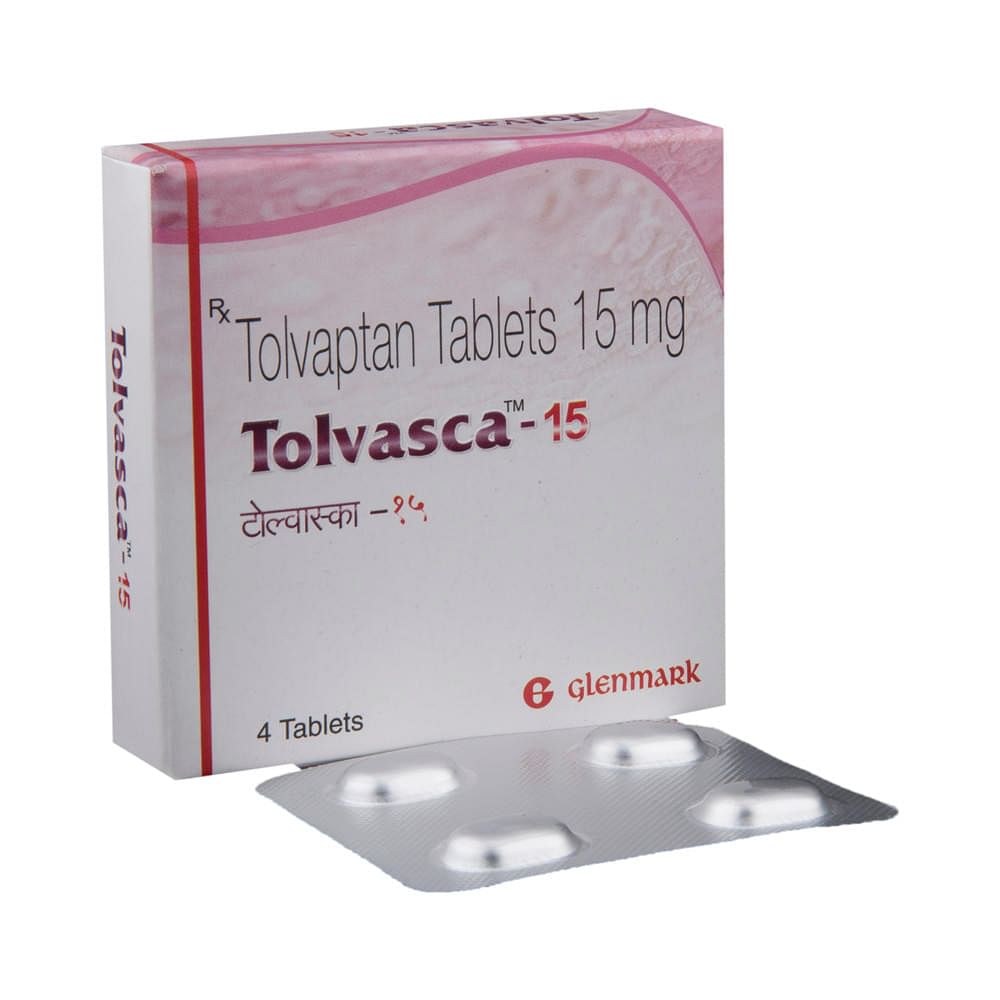
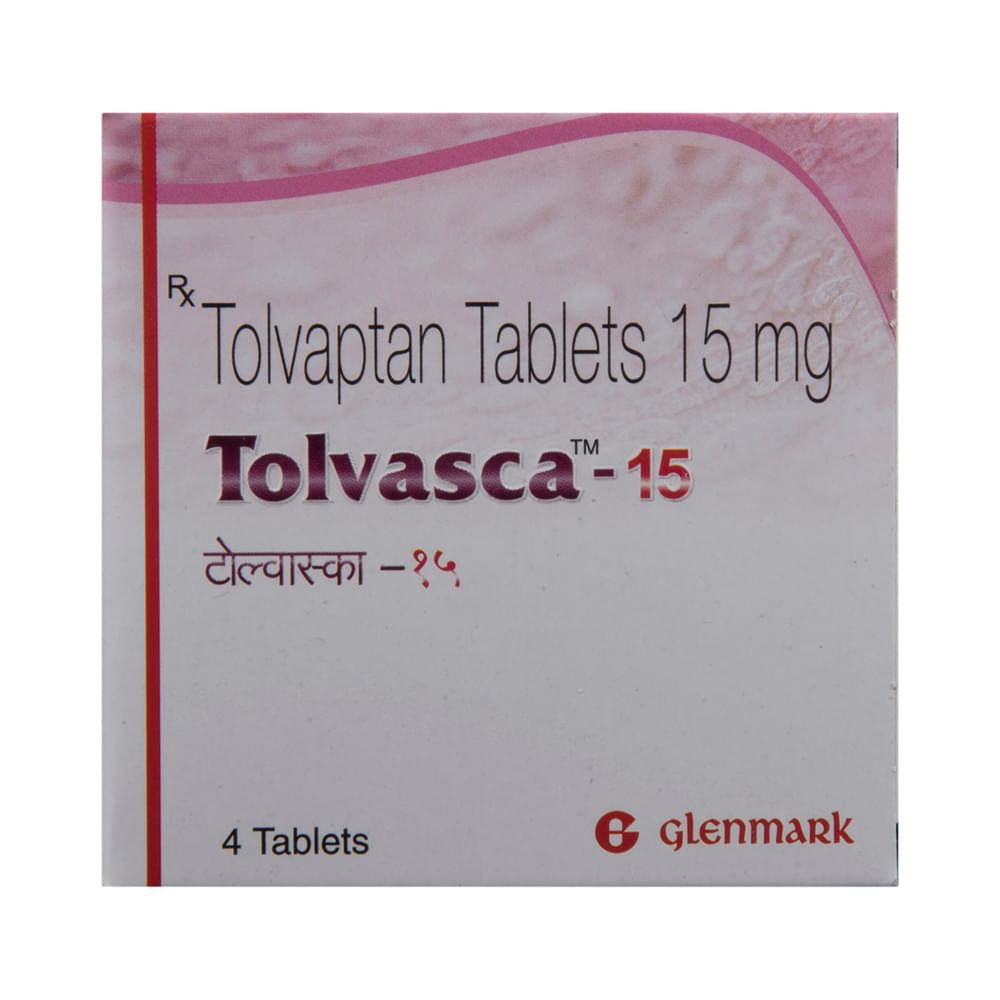
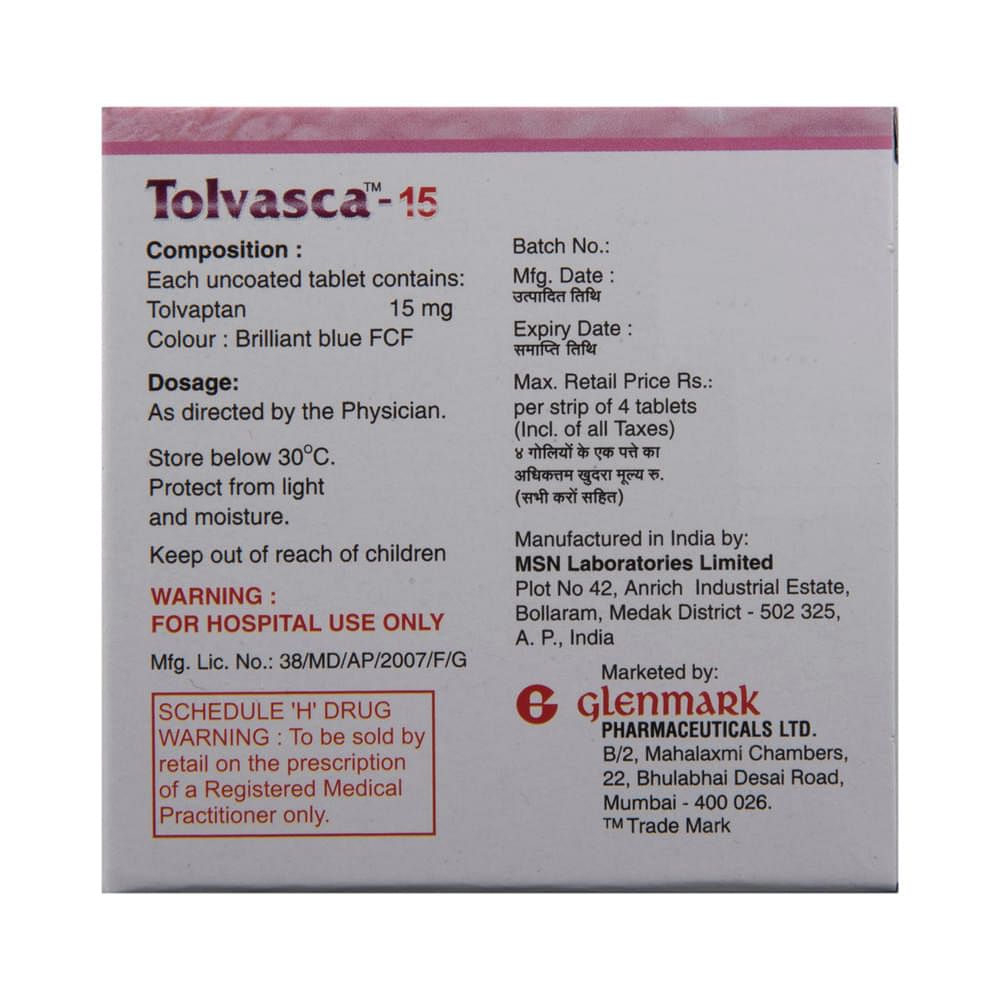
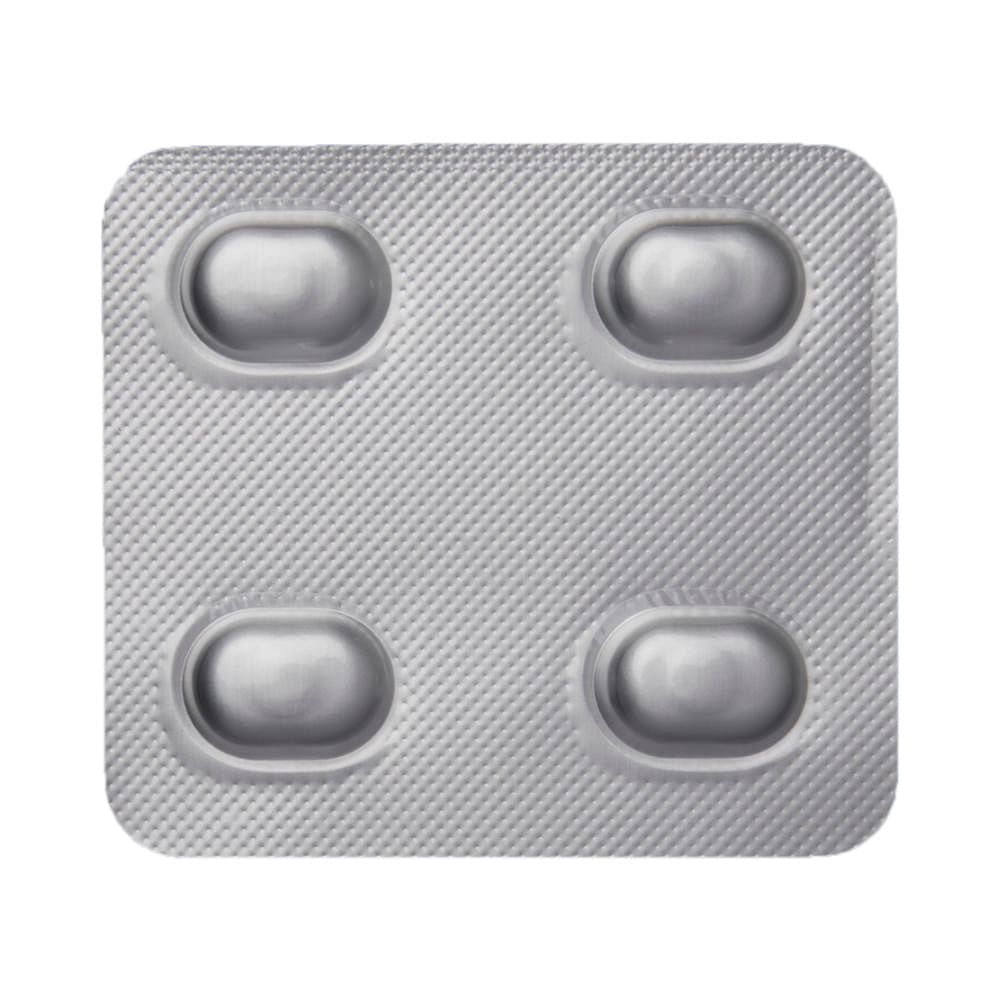
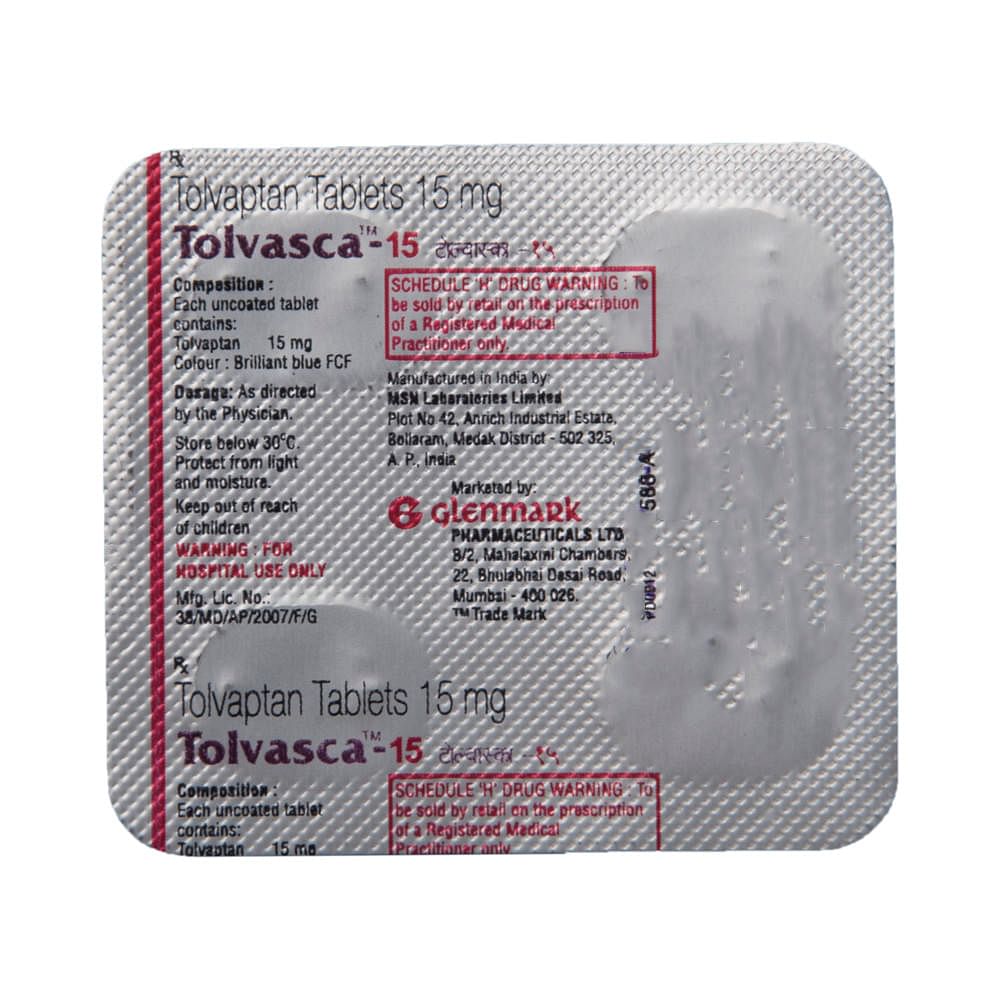
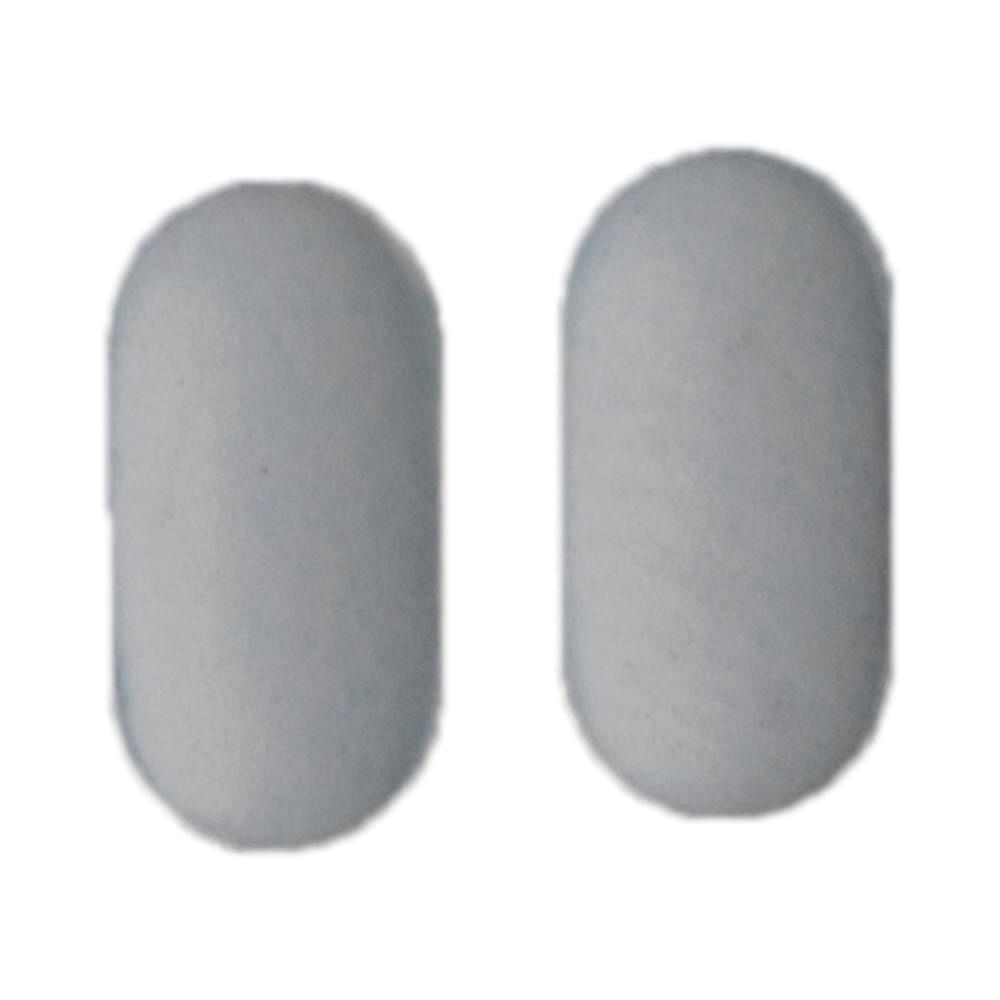
Tolvasca 15 Tablet
Manufacturer
Glenmark Pharmaceuticals Ltd
Salt Composition
Tolvaptan (15mg)
Key Information
Short Description
Tolvasca 15 Tablet is a medicine used in the treatment of low levels of sodium in the blood.
Dosage Form
Tablet
Introduction
Tolvasca 15 Tablet can be taken with or without food. It should be taken exactly as prescribed by your doctor. Your doctor will decide the dose and how often you should take them. You should take this medicine regularly to get the most benefit from it. Do not stop taking the medicine even if you feel better unless the doctor tells you so.
Directions for Use
Take this medicine in the dose and duration as advised by your doctor. Swallow it as a whole. Do not chew, crush or break it. Tolvasca 15 Tablet may be taken with or without food, but it is better to take it at a fixed time.
How it works
Tolvasca 15 Tablet is a vasopressin antagonist. It works by blocking the effect of the hormone vasopressin in the body. This increases urine production, reduces the amount of water in the blood and raises the blood sodium level.
Quick Tips
Tolvasca 15 Tablet treats low sodium levels in the blood. It also improves urine flow without causing the body to lose too much sodium as you urinate. Take it at the same time everyday. Take it according to the dose and duration prescribed by your doctor. To avoid dehydration, it is best to drink something as soon as you feel thirsty, but avoid alcoholic drinks. Do not take Tolvasca 15 Tablet if you are unable to urinate, if you are unable to tell when you are thirsty, or if you are severely dehydrated.
Related Medicines
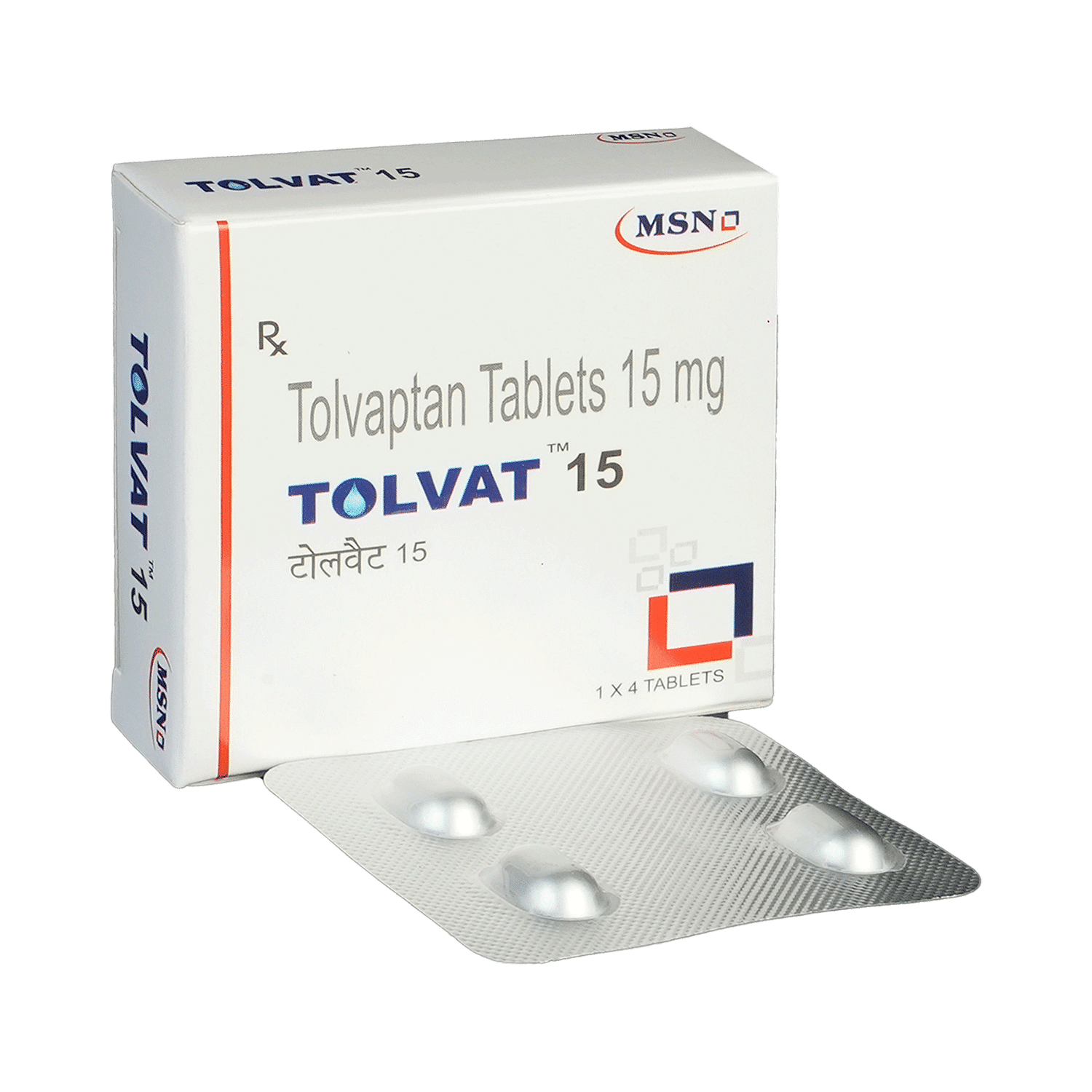
Tolvat 15 Tablet
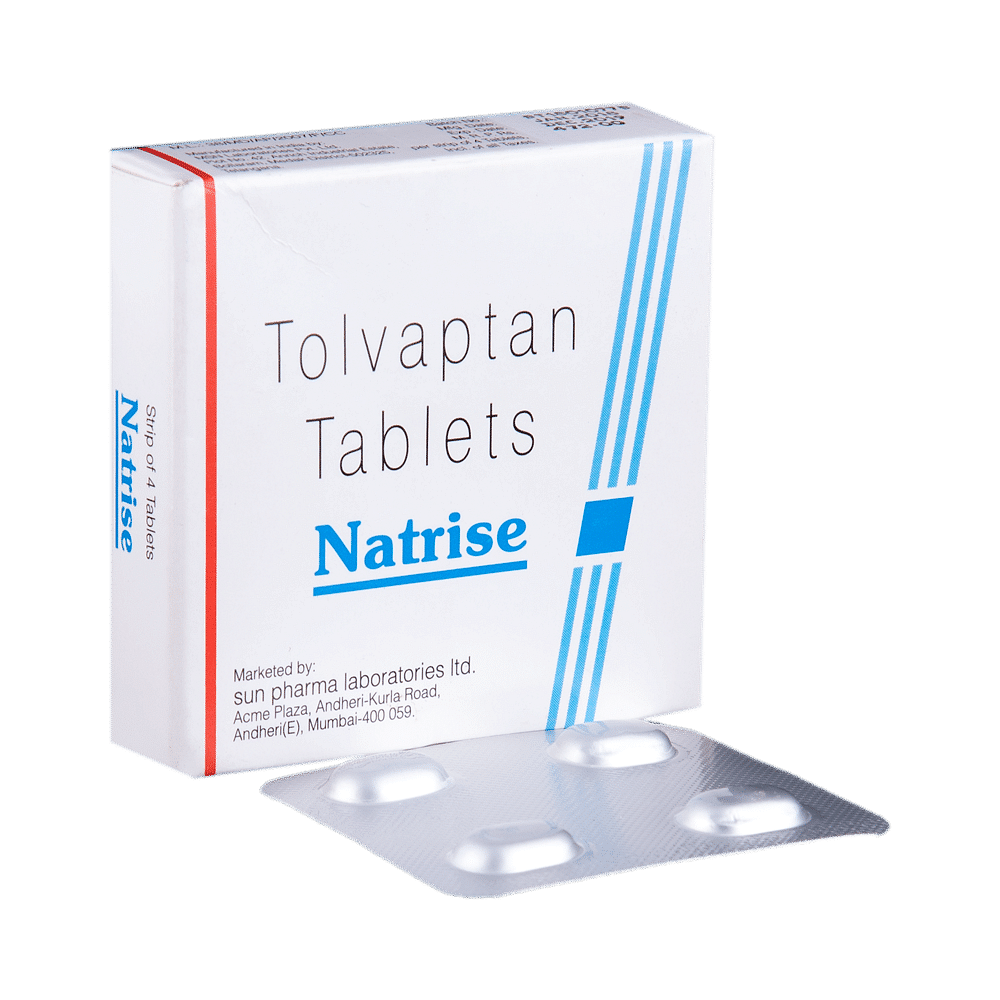
Natrise Tablet
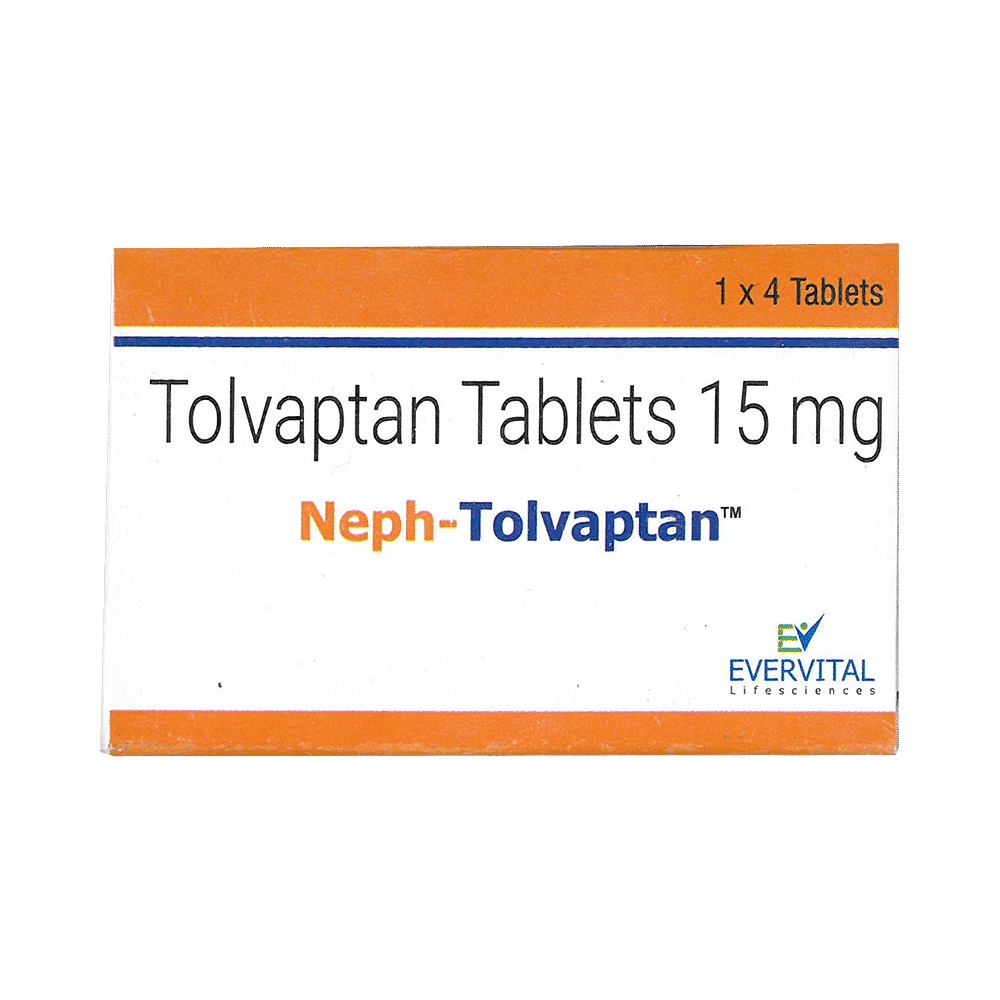
Neph-Tolvaptan Tablet
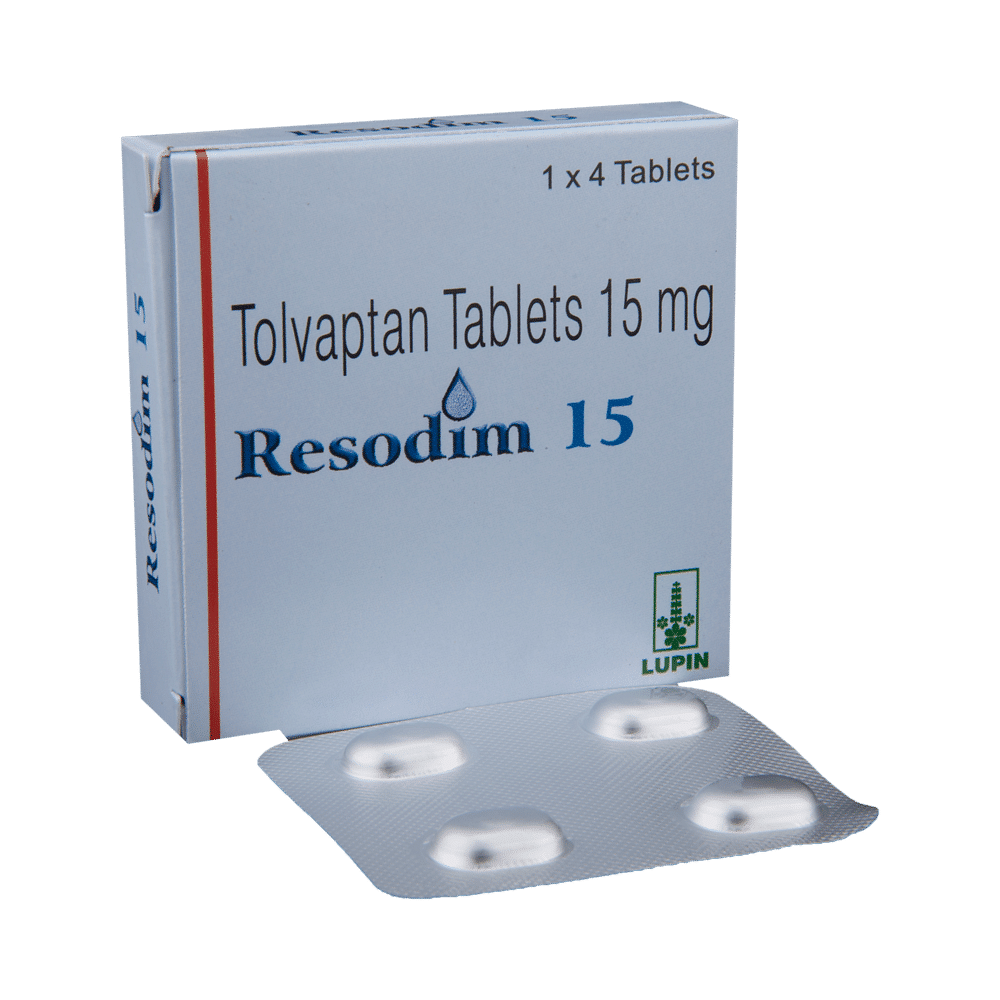
Resodim 15 Tablet
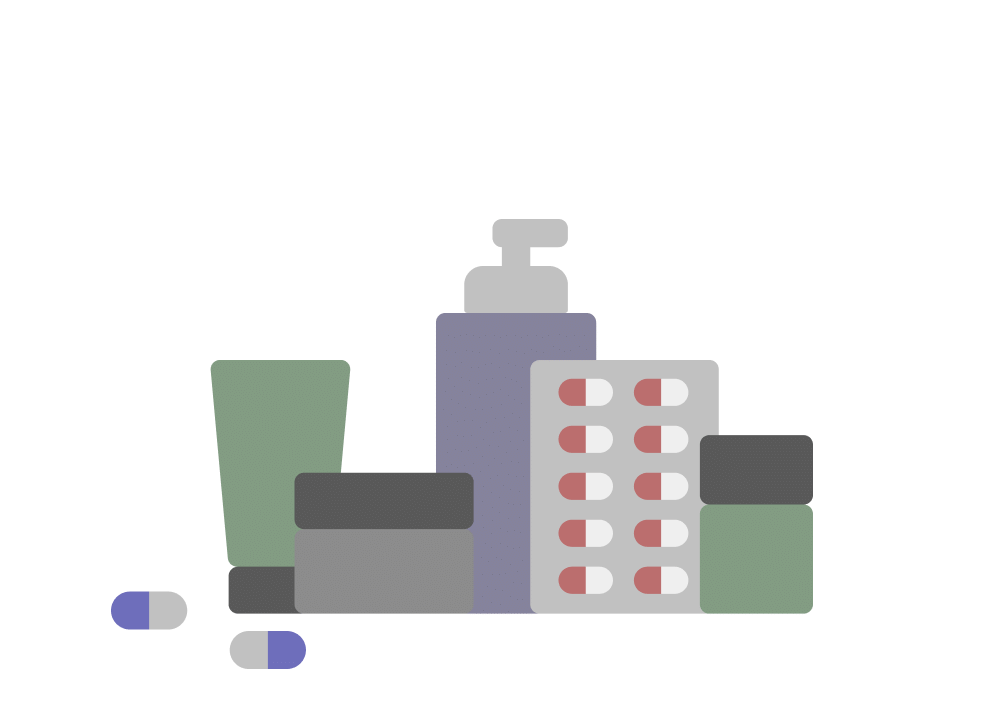
Tolvanix 15mg Tablet
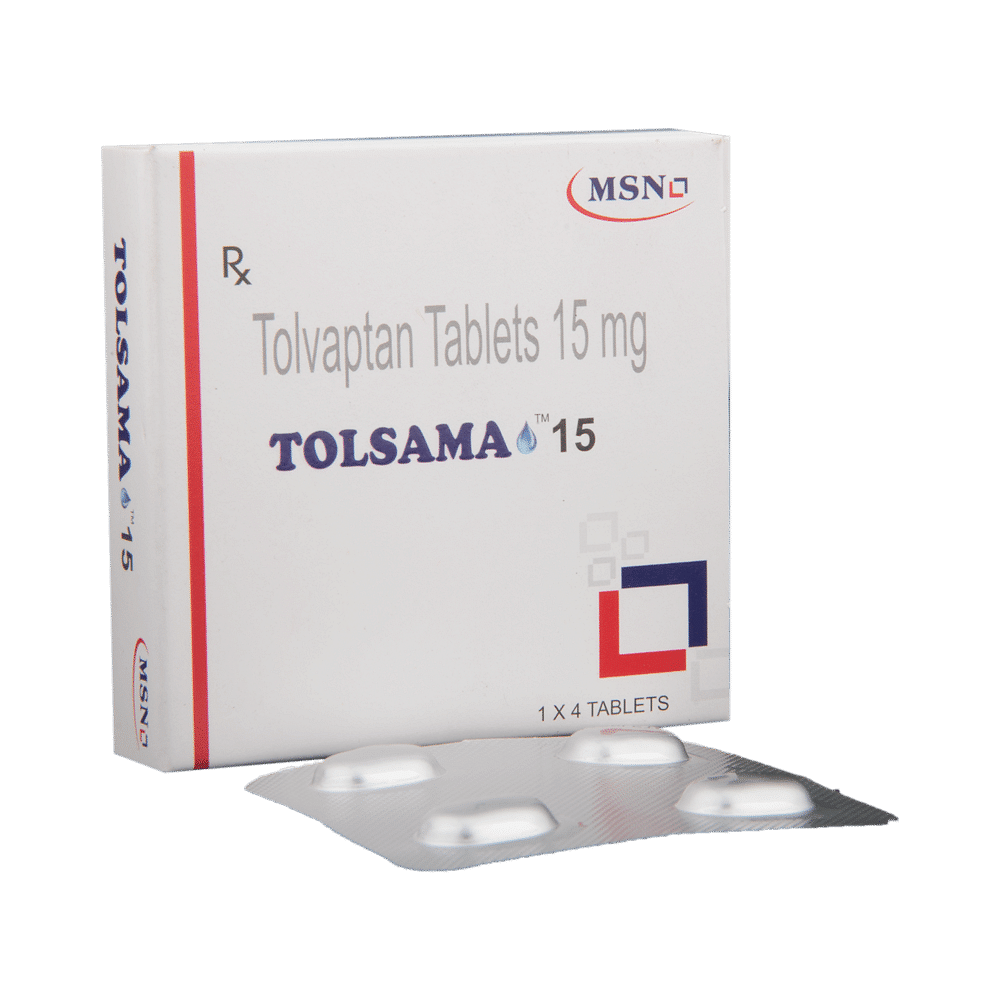
Tolsama 15 Tablet

Ibtol 15mg Tablet

Tolvarise 15mg Tablet
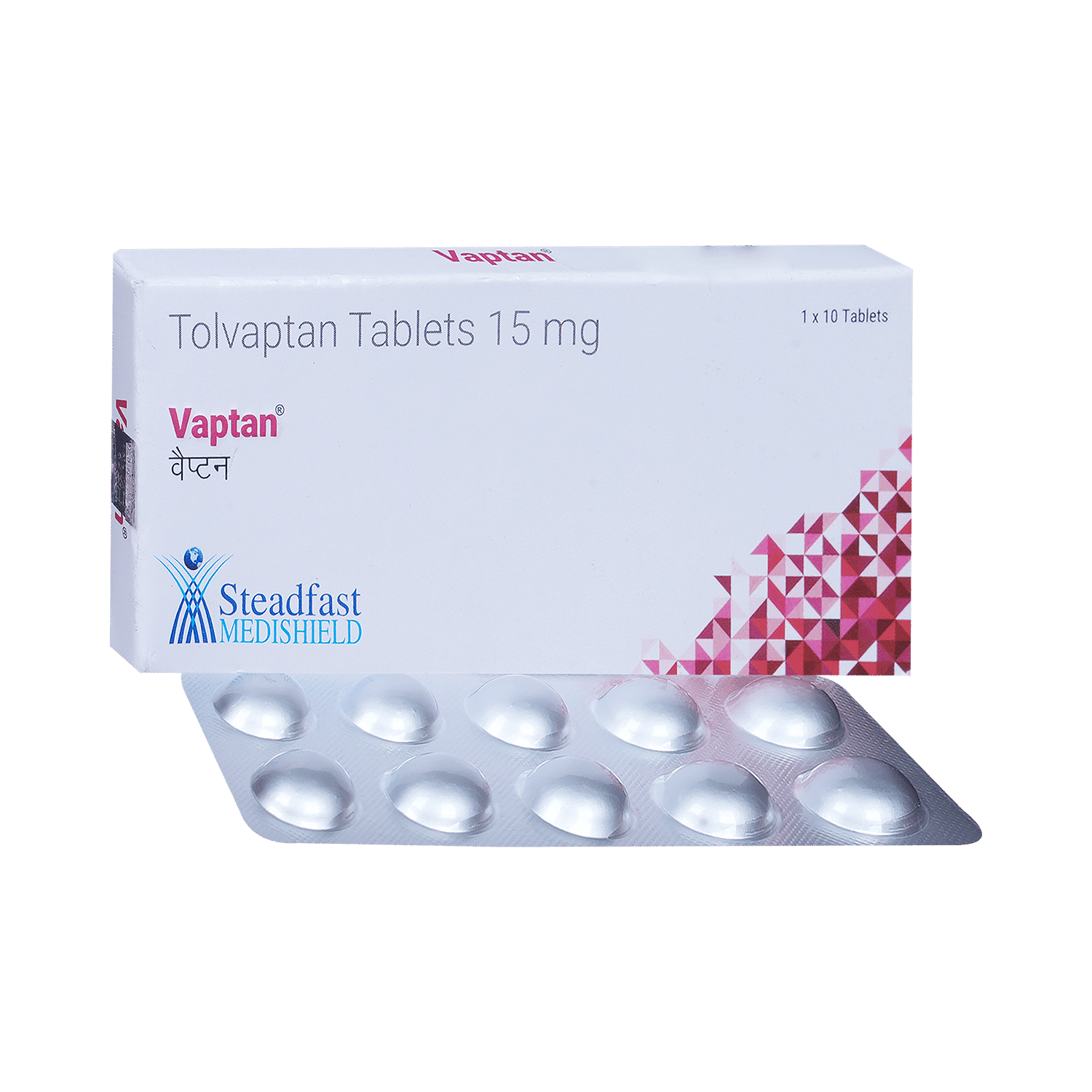
Vaptan Tablet

Tolvatas 15mg Tablet
Frequently asked questions
What is the most important information I need to be aware of while taking Tolvasca 15 Tablet?
Tolvasca 15 Tablet can cause your blood sodium levels to rise too quickly. This rapid increase in sodium levels (osmotic demyelination syndrome or ODS) may lead to serious nerve damage, which can progress to coma and even death. Symptoms of ODS include difficulty speaking, swallowing difficulties or a feeling of food or liquid getting stuck while swallowing, drowsiness, confusion, mood changes, fits, trouble controlling body movements (involuntary movement), and muscle weakness in the arms and legs.
For how long do I need to take Tolvasca 15 Tablet?
Tolvasca 15 Tablet is used for correcting sodium levels in the blood. The doctor will determine the dose and duration of treatment, but it should not be taken longer than 30 days. Once your sodium levels return to normal, you can stop taking Tolvasca 15 Tablet after discussing this with your doctor.
Does Tolvasca 15 Tablet affect the sugar levels in blood?
Yes, Tolvasca 15 Tablet may increase blood sugar levels. Therefore, patients with diabetes mellitus need to be extra cautious while taking Tolvasca 15 Tablet and must monitor blood sugar levels regularly.
Who should not take Tolvasca 15 Tablet?
You should not take Tolvasca 15 Tablet if you have low sodium, are unable to replace fluids by drinking, or experience symptoms of thirst, dizziness, fainting, or kidney dysfunction due to fluid loss. Additionally, you should avoid Tolvasca 15 Tablet if you are allergic to the medication or taking certain medications that may interfere with its effectiveness.
Can I have grapefruit juice while taking Tolvasca 15 Tablet?
No, you should not consume grapefruit or grapefruit juice while on Tolvasca 15 Tablet. Grapefruit or grapefruit juice can increase the levels of Tolvasca 15 Tablet in your blood and may lead to a rapid rise in sodium levels.
What will happen if I take excess of Tolvasca 15 Tablet?
If you take too much Tolvaptan, you should seek immediate medical attention. Call your doctor or reach out to emergency services at a nearby hospital. Symptoms of overdose may include thirst, dry and flaky skin, sunken eyes, rapid heartbeat, rapid and shallow breathing, very low blood pressure, increased urination (more than normal), and fainting.


